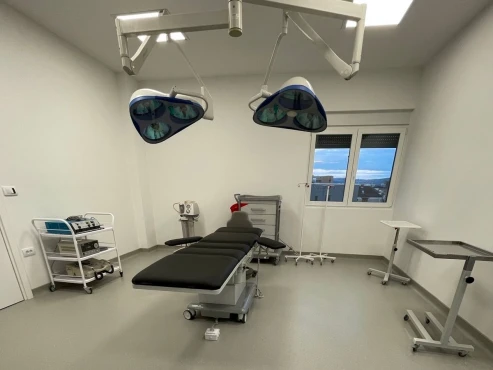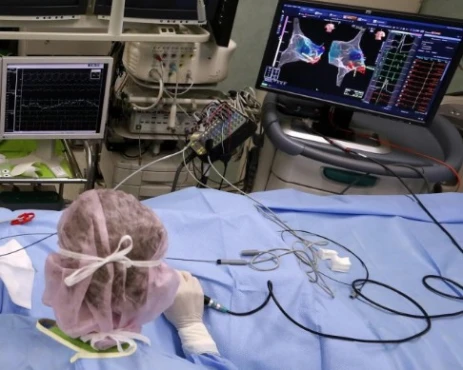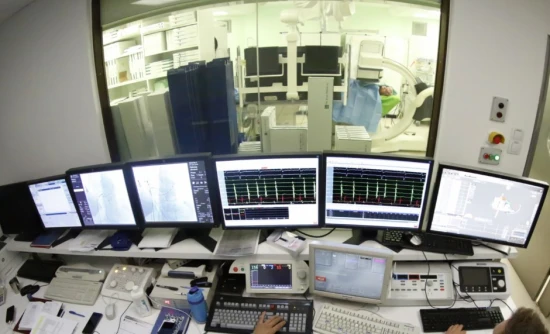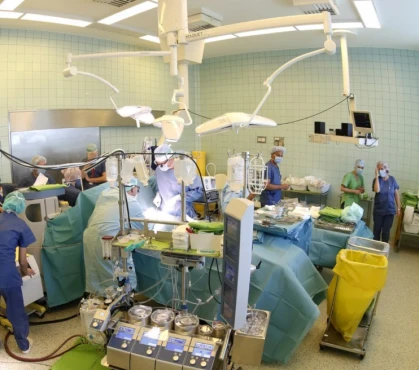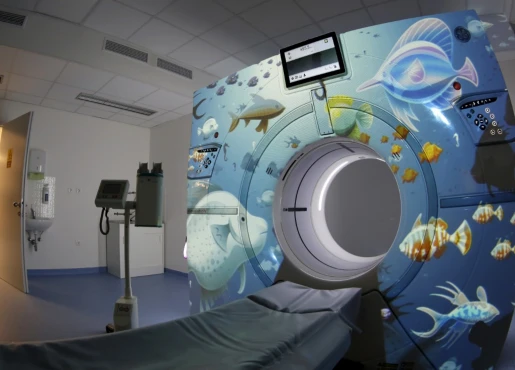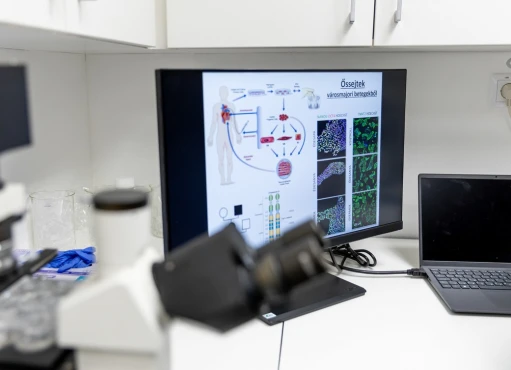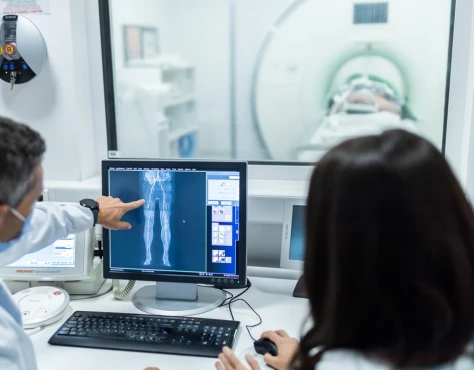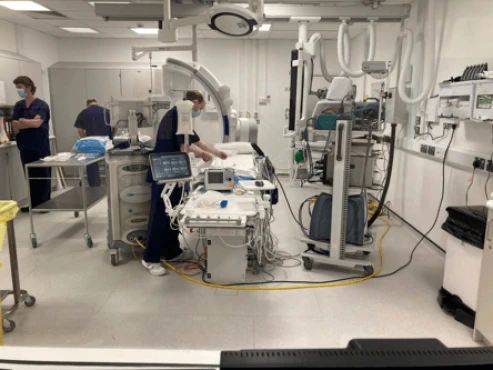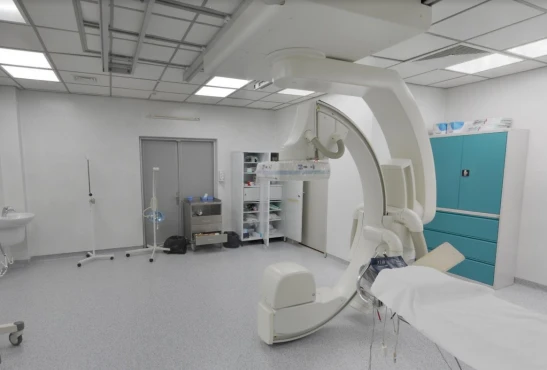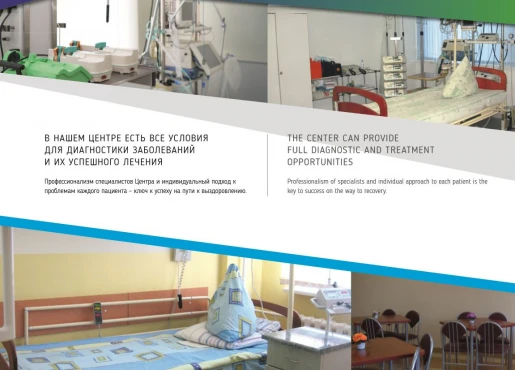Introduction
Atherosclerosis is a chronic cardiovascular disease that primarily affects the Inner layer of the large and medium-sized arteries in different localizations. The disease is characterized by the presence of atheroma plaques (fatty streaks), which form inside the artery walls [1]. Atherosclerosis represents the primary cause of death in industrialized and non-industrialized countries, affecting both genders and leading to a high rate of hospitalizations [2]. A specific reason for the occurrence of this cardiovascular disease remains unclear. However, many factors, such as lifestyle behavior, a high-carbohydrate diet, genetics, dyslipidemia, smoking, and sedentarism, are linked to atheroma plaque development [3].
Overview
In simple words, an atheroma plaque is a formation of inflammatory cells (detritus, lipids, and macrophages) located inside the artery walls, which can be present even since childhood, growing in size through the years and consequently producing symptoms already in adulthood. Plaques can be different in status; a plaque with a low probability of disruption and is detected occasionally is considered a stable plaque. In contrast, non-stable plaques produce symptoms and are at high risk of rupture. Atheroma plaques are different in size and can reduce the blood flow, leading to various symptoms, depending on their localization. As a consequence of plaque disruption, clot recruitment occurs, and blood flow is reduced even more, leading to fatal consequences. [4]
Symptoms of Atherosclerosis and Plaque Localization
As mentioned above, atheroma plaques might even be present in childhood, but the initial symptoms of atherosclerosis might appear only after several years in adulthood. Clinical signs are mostly detected as a chronic silent disease when a non-stable plaque rupture.
Coronary arteries
A plaque located in coronary arteries may cause chest pain (angina episodes); this happens because the atheroma plaque reduces the blood flow to the myocardium provoking pain due to ischemia. Eventually, a plaque disruption can lead to blood clot formation (thrombosis) of the coronary arteries causing myocardial infarction [5].
Carotid arteries
Other frequent localizations of atheroma plaques are the carotid arteries. In this case, the reduction of blood flow is directly related to the brain. Therefore, symptoms are neurological. However, the main factor is reduced cerebral blood flow, sometimes leading to loss of consciousness. It is also important to consider that a plaque rupture in this localization can lead to thrombosis, which will cause an ischemic stroke [5].
Peripheral arteries
Peripheral arteries of the upper and lower limbs are another commonly affected localization. General symptoms are claudication and pain in this area [5]. It should be noted that symptoms are proportional to the degree of plaque size; a small and stable plaque is often asymptomatic.
Modern lifestyle and risk factors
Cardiovascular diseases are linked to non-modifiable risk factors like age and genetics, as well as modifiable ones such as a high carbohydrate diet, alcohol consumption, smoking, and sedentarism. These factors increase the risk of coronary artery disease, hypertension, heart failure, and arrhythmias like atrial fibrillation, which may require anticoagulants to prevent complications.
Sedentary lifestyle
Sedentarism, or low levels of activity and movement, is an unhealthy lifestyle, while physical activity reduces the risk of chronic cardiovascular diseases. Experimental studies simulating a sedentary lifestyle showed negative biochemical changes, including decreased lipoprotein lipase activity, lower triglyceride absorption in muscles, and reduced high-density lipoprotein levels, all increasing the risk of atherosclerosis developing. A 2016 meta-analysis of 720,425 patients from nine studies, with a median follow-up of 11 years, found that those with the highest inactivity (12.5 hours/day) had a 1.14 times higher risk of cardiovascular events compared to the least inactive (2.5 hours/day). A sedentary lifestyle of more than 10 hours/day also significantly increased risk (HR = 1.08). These results confirm that prolonged inactivity is linked to a higher risk of cardiovascular diseases [7].
Prevention of Atherosclerosis
Primary prevention, which involves taking action before health issues arise, is the key factor in reducing the burden of cardiovascular disease. Therefore, reducing alcohol consumption, eating healthy, smoking cessation, and moderate-intensity physical activity are strictly recommended in all populations.
Physical activity has demonstrated its benefits and cardioprotective effect to prevent and reduce the risk of cardiovascular diseases [8]. However, an objective assessment of the physical activity necessary to achieve the desired results requires an individual approach for each person.
Smart wristbands and mobile applications help track physical activity and encourage daily exercise. Despite factors like lack of time and misconceptions about the required amount of exercise to prevent cardiovascular diseases limiting active lifestyles, evidence shows that any level of physical activity is better than none.
According to recommendations from the World Health Organization (WHO) on physical activity, a minimum of 150 minutes of moderate physical activity per week is required to prevent cardiovascular diseases, but, unfortunately, less than 10% of the general population meets this criterion. Over the past fifty years, obesity has been the first and main modifiable risk factor for cardiovascular diseases. The WHO reported that more than 1 billion people worldwide are obese, including 650 million adults, 340 million teenagers, and 39 million children. [10].
How is Atherosclerosis diagnosed?
The presence or absence of symptoms plays an important role in diagnosing atherosclerosis. In asymptomatic patients, diagnosis might be challenging; therefore, lipid profile screening and physical examination are recommended for adults over 40. Doctors also estimate the risk of atherosclerotic cardiovascular disease according to the following parameters: age, sex, race, systolic blood pressure, total and HDL cholesterol levels, diabetes, and smoking.
The following methods may be used to diagnose atherosclerosis:
- Blood tests (lipid profile, plasma glucose, and others) at the doctor's discretion. Electrocardiogram and cardiac echocardiography can also be performed in patients with chest pain.
- Ultrasound, a non-invasive method that can be used to assess the presence of an atheroma plaques
- Cardiac angiography is a diagnostic method that allows the identification of areas where the arteries are affected by atheroma plaque and show a significant reduction in artery diameter.
- Magnetic resonance (MRI) and computed tomography angiography (CTA) can also help identify atheroma plaques [5].
Treatment for atherosclerosis
- Lifestyle modification, including a healthy diet, physical activity, reduced alcohol consumption, and smoking cessation, is an important part of treatment. The need for pharmacological or invasive treatment depends on the clinical presentation.
- Preventive medications. Taking statins in asymptomatic patients lowers cholesterol levels. Antiplatelets help reduce the risk of clot formation.
- In patients who have experienced complications from plaque rupture, treatment includes pharmacological therapy for concomitant diseases such as heart failure, coronary artery disease, arrhythmias, hypertension, chronic kidney disease, and diabetes.
Healthcare providers will determine whether minimally invasive procedures like percutaneous coronary intervention with stent placement or major surgery like coronary artery bypass grafting are needed based on each patient's clinical case.
Conclusion
Atherosclerosis is a silent chronic disease affecting millions of people. It is important to note that atherosclerosis is not an isolated disease but is associated with many other cardiovascular comorbidities. Modern lifestyles and the recent COVID-19 pandemic have significantly increased sedentary behavior, reduced physical activity, and heightened the burden of cardiovascular disease. Therefore, addressing these risk factors is crucial for reducing the development of atherosclerosis.
References
- Fan J, Watanabe T. Atherosclerosis: Known and unknown. Pathol Int. 2022 Mar;72(3):151-160. doi: 10.1111/pin.13202. Epub 2022 Jan 25. PMID: 35076127.
- Libby P. The changing landscape of atherosclerosis. Nature. 2021 Apr;592(7855):524-533. doi: 10.1038/s41586-021-03392-8. Epub 2021 Apr 21. PMID: 33883728.
- Arocha Rodulfo JI. Sedentary lifestyle a disease from xxi century. Clin Investig Arterioscler. 2019 Sep-Oct;31(5):233-240. English, Spanish. doi: 10.1016/j.arteri.2019.04.004. Epub 2019 Jun 17. PMID: 31221536.
- Soehnlein O, Libby P. Targeting inflammation in atherosclerosis - from experimental insights to the clinic. Nat Rev Drug Discov. 2021 Aug;20(8):589-610. doi: 10.1038/s41573-021-00198-1. Epub 2021 May 11. PMID: 33976384; PMCID: PMC8112476.
- Libby P, Buring JE, Badimon L, Hansson GK, Deanfield J, Bittencourt MS, Tokgözoğlu L, Lewis EF. Atherosclerosis. Nat Rev Dis Primers. 2019 Aug 16;5(1):56. doi: 10.1038/s41572-019-0106-z. PMID: 31420554.
- Powell-Wiley TM, Poirier P, Burke LE, Després JP, Gordon-Larsen P, Lavie CJ, Lear SA, Ndumele CE, Neeland IJ, Sanders P, St-Onge MP; American Heart Association Council on Lifestyle and Cardiometabolic Health; Council on Cardiovascular and Stroke Nursing; Council on Clinical Cardiology; Council on Epidemiology and Prevention; and Stroke Council. Obesity and Cardiovascular Disease: A Scientific Statement From the American Heart Association. Circulation. 2021 May 25;143(21):e984-e1010. doi: 10.1161/CIR.0000000000000973. Epub 2021 Apr 22. PMID: 33882682; PMCID: PMC8493650.
- Pandey A, Salahuddin U, Garg S, Ayers C, Kulinski J, Anand V, Mayo H, Kumbhani DJ, de Lemos J, Berry JD. Continuous Dose-Response Association Between Sedentary Time and Risk for Cardiovascular Disease: A Meta-analysis. JAMA Cardiol. 2016 Aug 1;1(5):575-83. doi: 10.1001/jamacardio.2016.1567. PMID: 27434872.
- Lavie CJ, Arena R, Swift DL, Johannsen NM, Sui X, Lee DC, Earnest CP, Church TS, O'Keefe JH, Milani RV, Blair SN. Exercise and the cardiovascular system: clinical science and cardiovascular outcomes. Circ Res. 2015 Jul 3;117(2):207-19. doi: 10.1161/CIRCRESAHA.117.305205. PMID: 26139859; PMCID: PMC4493772.
- Recio-Rodriguez JI, Gómez-Marcos MA, Agudo-Conde C, Ramirez I, Gonzalez-Viejo N, Gomez-Arranz A, Salcedo-Aguilar F, Rodriguez-Sanchez E, Alonso-Domínguez R, Sánchez-Aguadero N, Gonzalez-Sanchez J, Garcia-Ortiz L; EVIDENT 3 investigators. EVIDENT 3 Study: A randomized, controlled clinical trial to reduce inactivity and caloric intake in sedentary and overweight or obese people using a smartphone application: Study protocol. Medicine (Baltimore). 2018 Jan;97(2):e9633. doi: 10.1097/MD.0000000000009633. PMID: 29480874; PMCID: PMC5943855.
- WHO guidelines on physical activity and sedentary behaviour: at a glance. Geneva: World Health Organization; 2020. Licence: CC BY-NC-SA 3.0 IGO.






















